The evolution of hockey goalie masks
Hockey goalie masks have come a long way since their humble beginnings. These essential pieces of gear not only protect players but also serve as a canvas for artistic expression.
The evolution of the goalie mask is a fascinating journey through history, technology, and culture. From the barefaced bravery of early goalies to the high-tech innovations of today, each stage of development tells a unique story.
The Early Days: Facing the Puck Barefaced
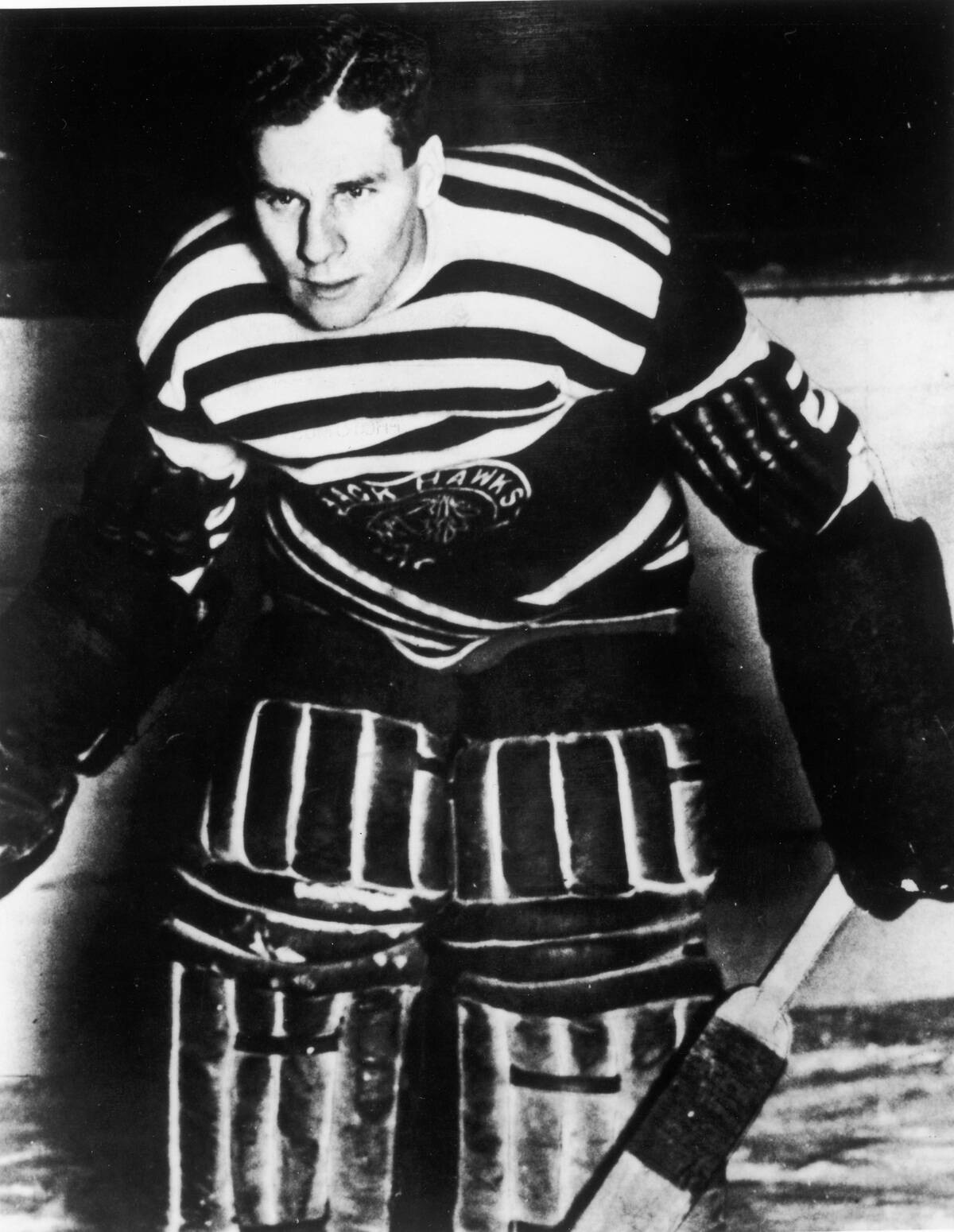
In the early days of hockey, goalies faced the puck without any facial protection. It was a time when courage and a high pain threshold were prerequisites for the position.
Players like George Hainsworth and Chuck Gardiner (pictured) bravely stood in the net, relying solely on their reflexes. The lack of protective gear often resulted in injuries, but the game continued to evolve with safety in mind.
The Pioneer: Clint Benedict’s Leather Mask
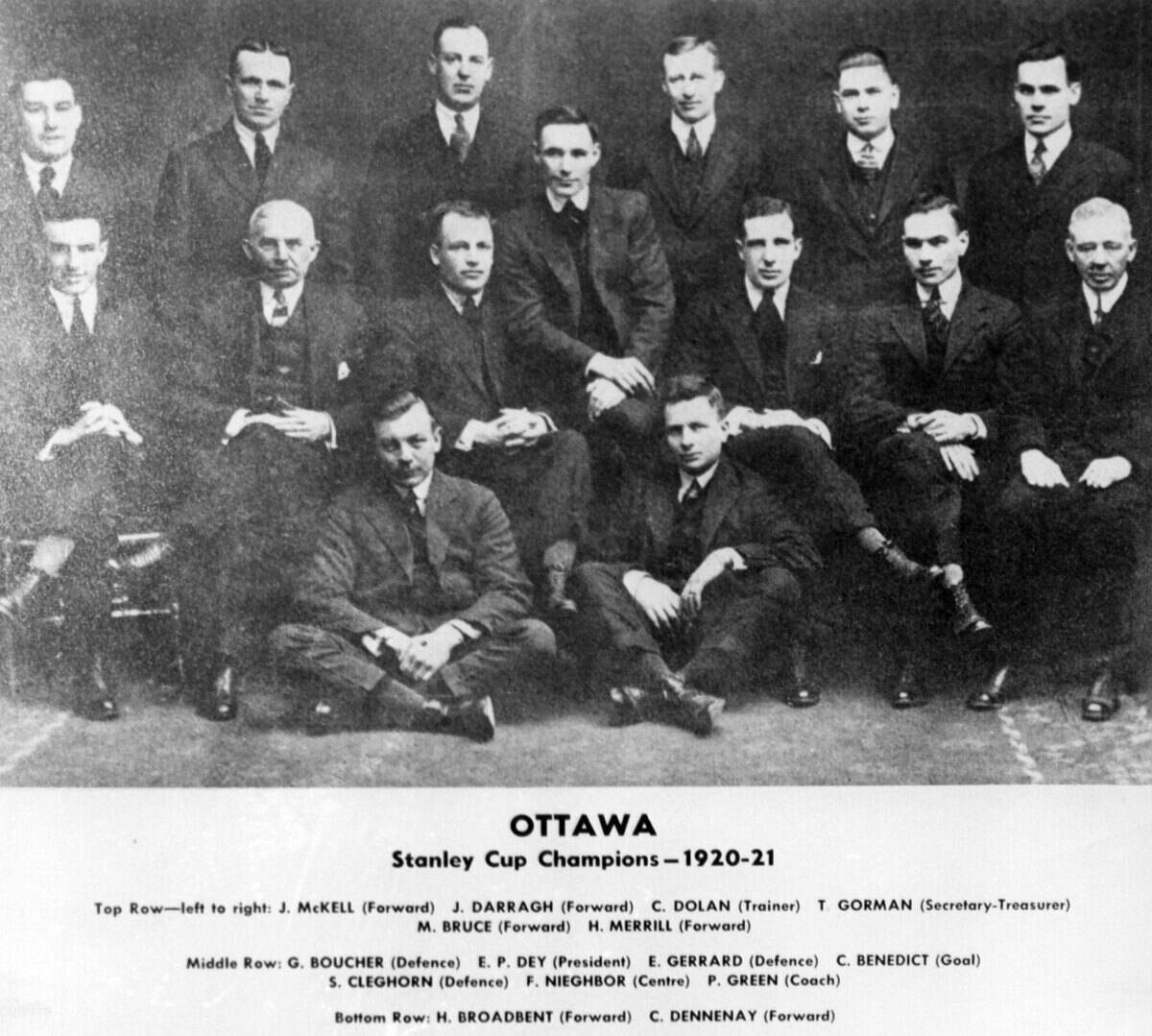
Clint Benedict made history when he donned the first known protective mask in the 1929-1930 season. This leather mask was rudimentary but marked the beginning of a new era.
Benedict wore the mask after suffering a broken nose, proving that even a simple design could protect a goalie’s face. Although not widely adopted initially, it paved the way for future innovations in goalie protection.
Jacques Plante: The Game-Changer in Goalie Protection
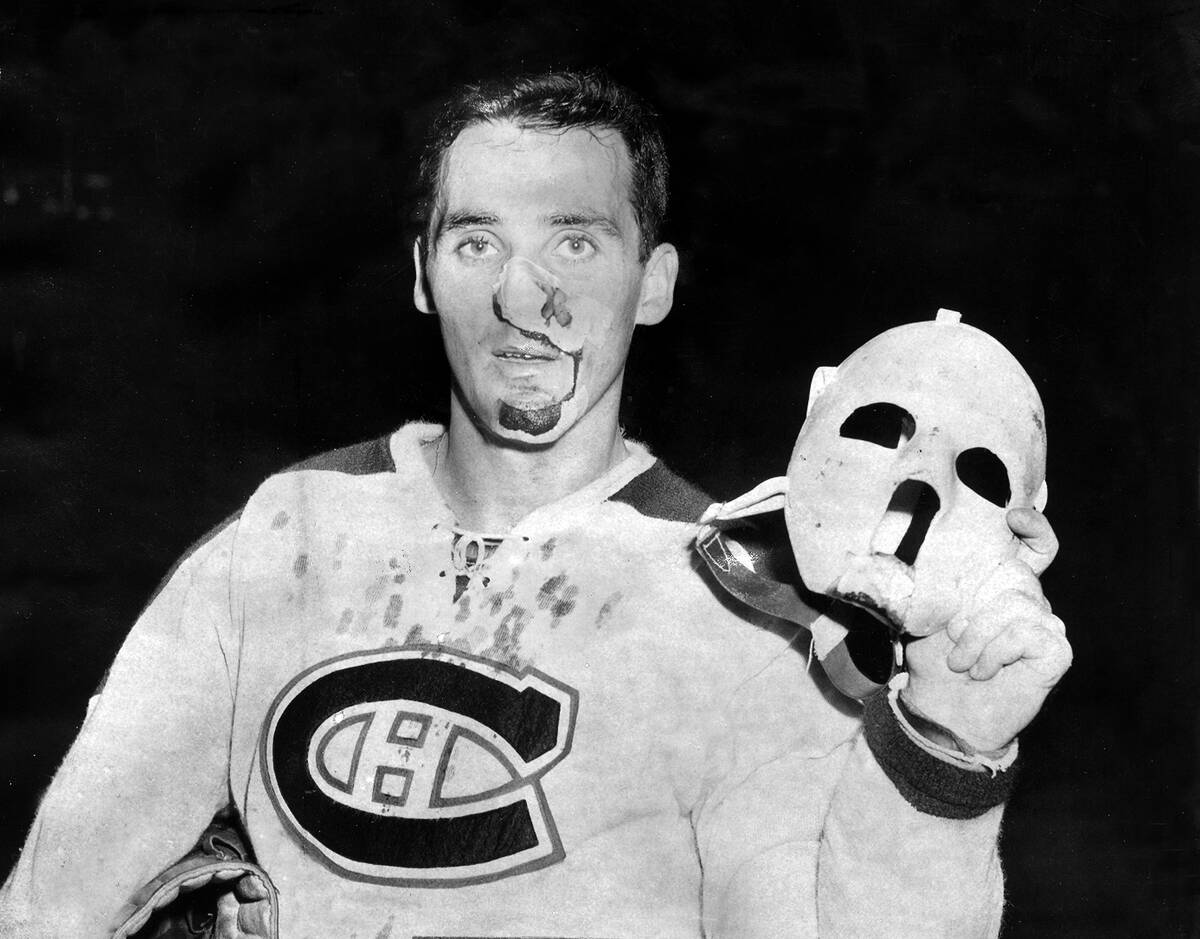
Jacques Plante revolutionized the game when he wore a fiberglass mask during a 1959 game. After taking a puck to the face, Plante insisted on wearing the mask, which he had been using in practice.
His decision was initially met with skepticism but soon proved its worth, as other goalies followed suit. Plante’s innovation ushered in a new era of safety in hockey.
The Fiberglass Revolution: A New Era of Safety
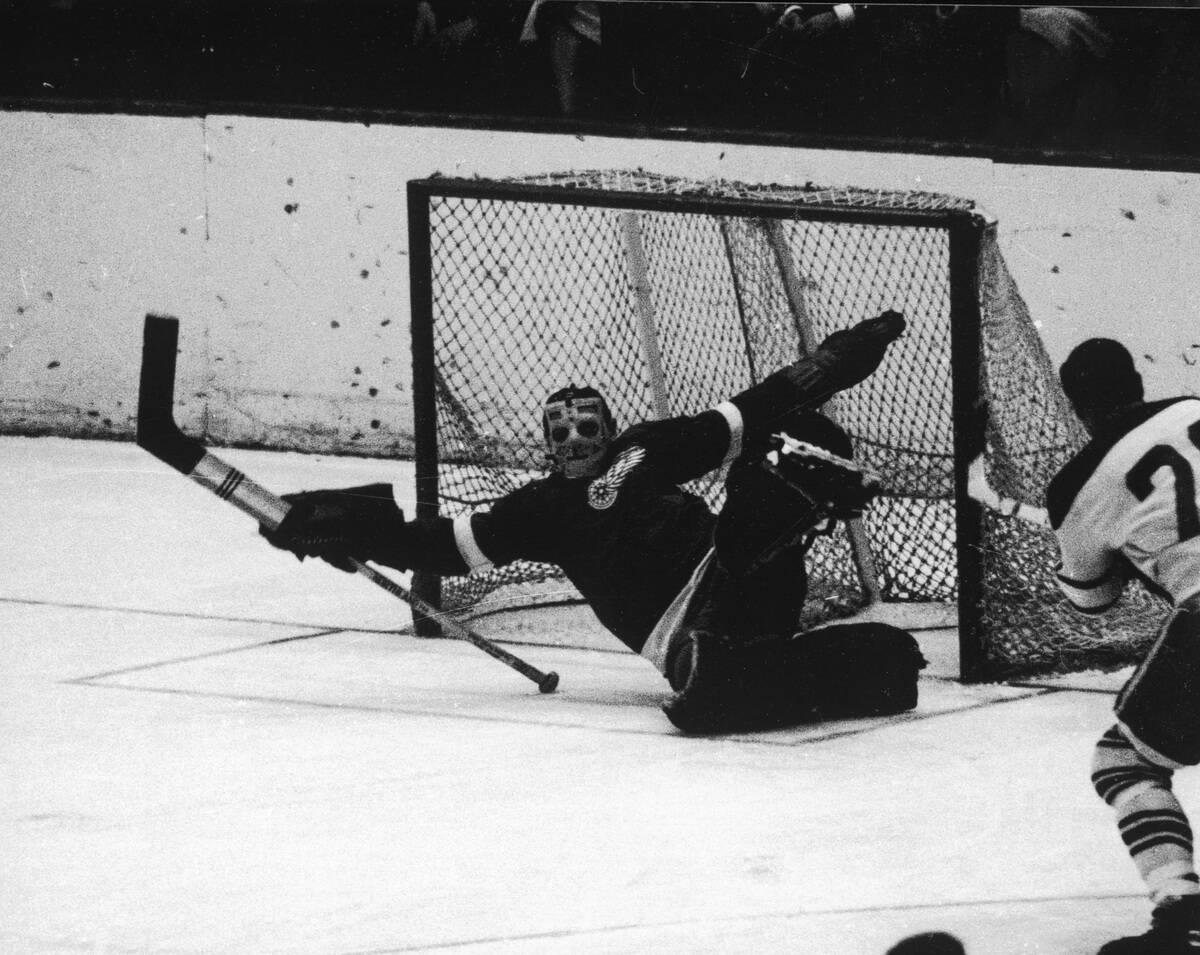
Fiberglass masks quickly became the norm after Jacques Plante’s pioneering move. These masks offered superior protection compared to their leather predecessors.
The fiberglass material was durable and could be molded to fit a player’s face, significantly reducing the risk of injury. This revolution in goalie gear was a crucial step in enhancing player safety on the ice.
The Art of Protection: Custom Paint Jobs and Designs
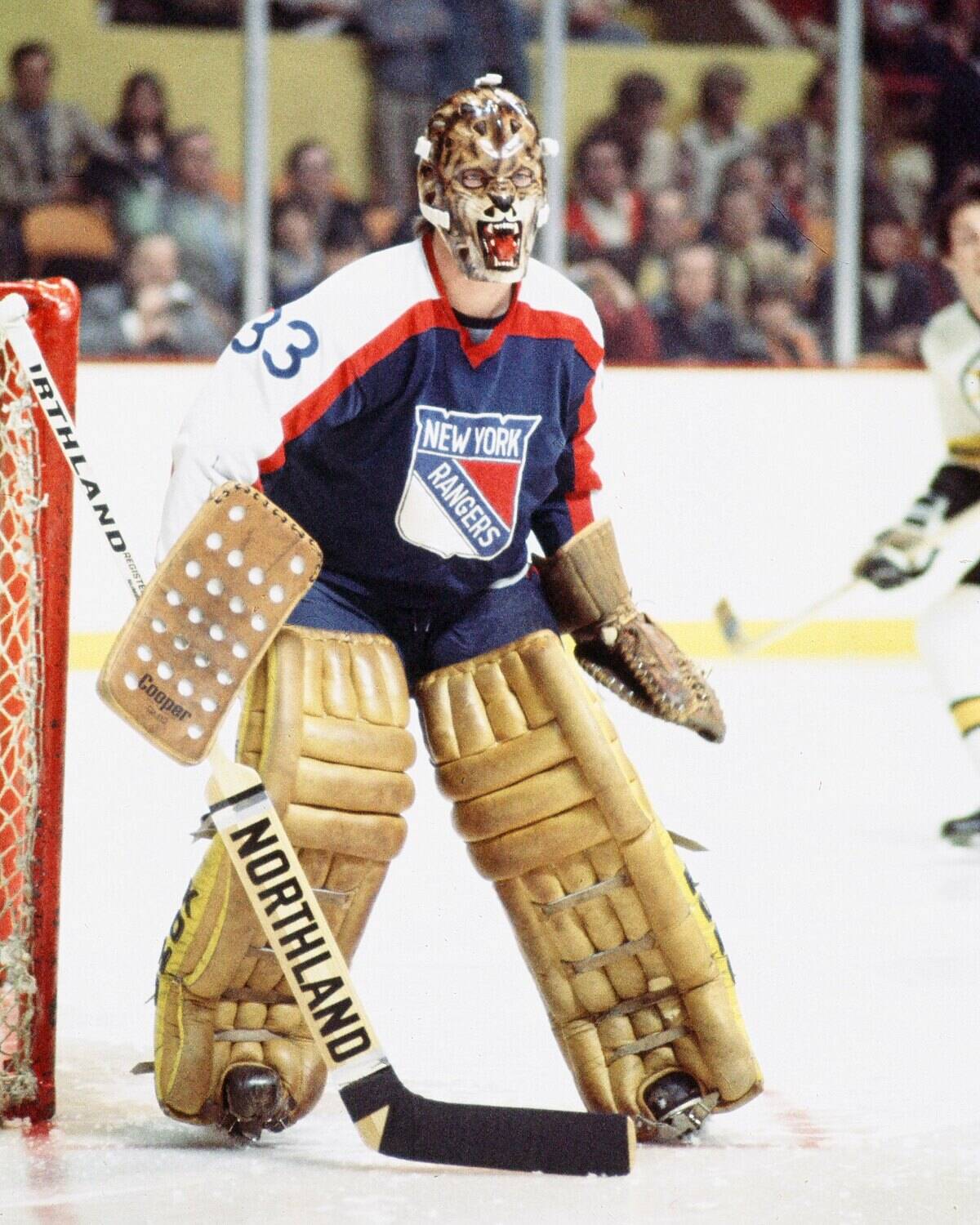
Goalie masks have evolved from mere protective gear to works of art. Custom paint jobs allow goalies to express their personalities and showcase their creativity.
The tradition of personalized designs began in the 1970s and continues to thrive today. Artists collaborate with players to create masks that reflect team spirit, personal stories, and even tributes to favorite movies or musicians.
The Cage Combo: Adding Steel to the Mix
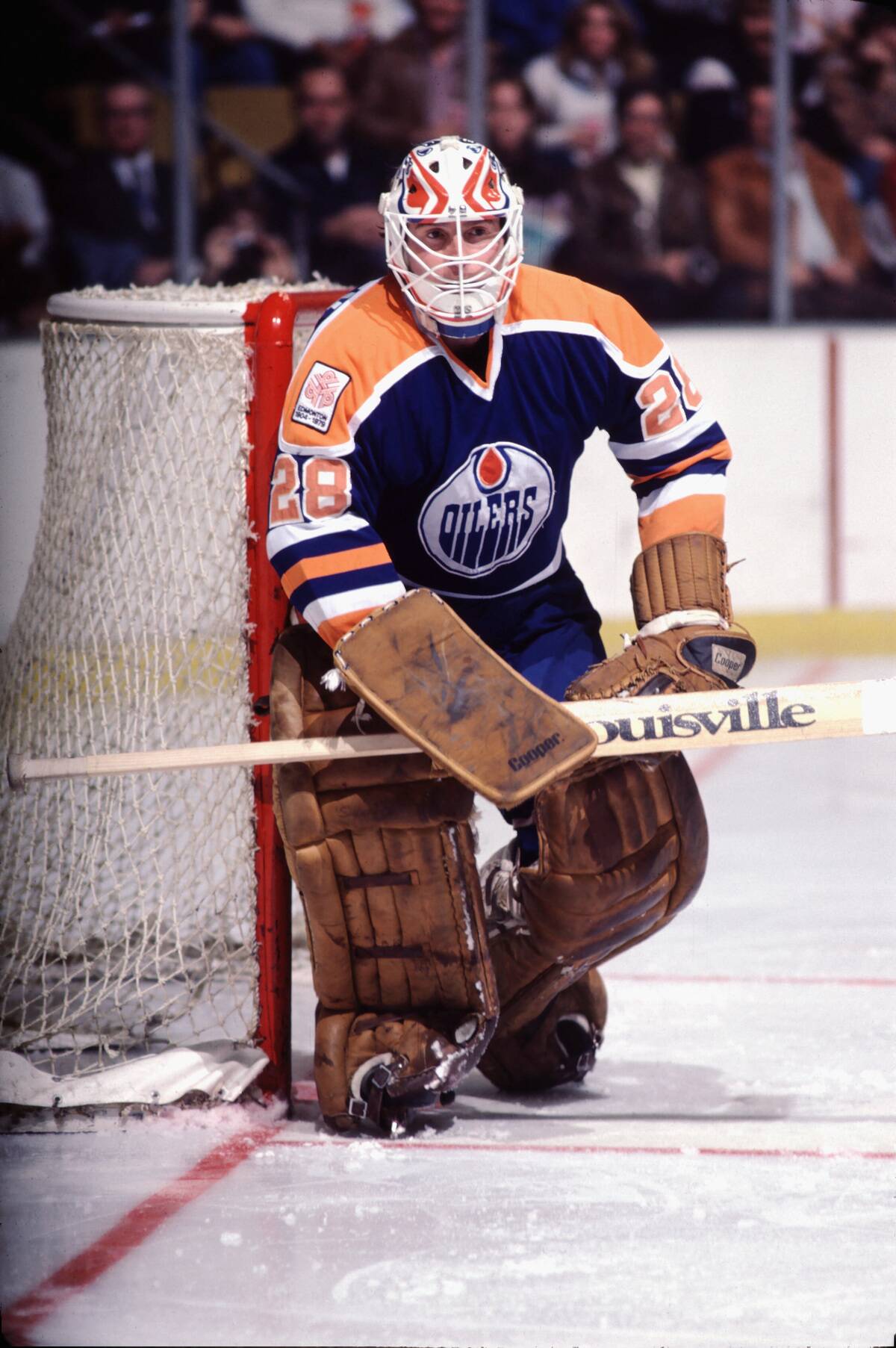
The introduction of the cage combo added an extra layer of protection to goalie masks. By combining a fiberglass shell with a steel cage, this design offered unparalleled safety.
The cage protected the eyes and face from stray pucks and sticks, while the fiberglass shell absorbed impact. This innovation became standard in the 1980s, setting a new benchmark for goalie helmets.
Innovations in Material: From Fiberglass to Carbon Fiber
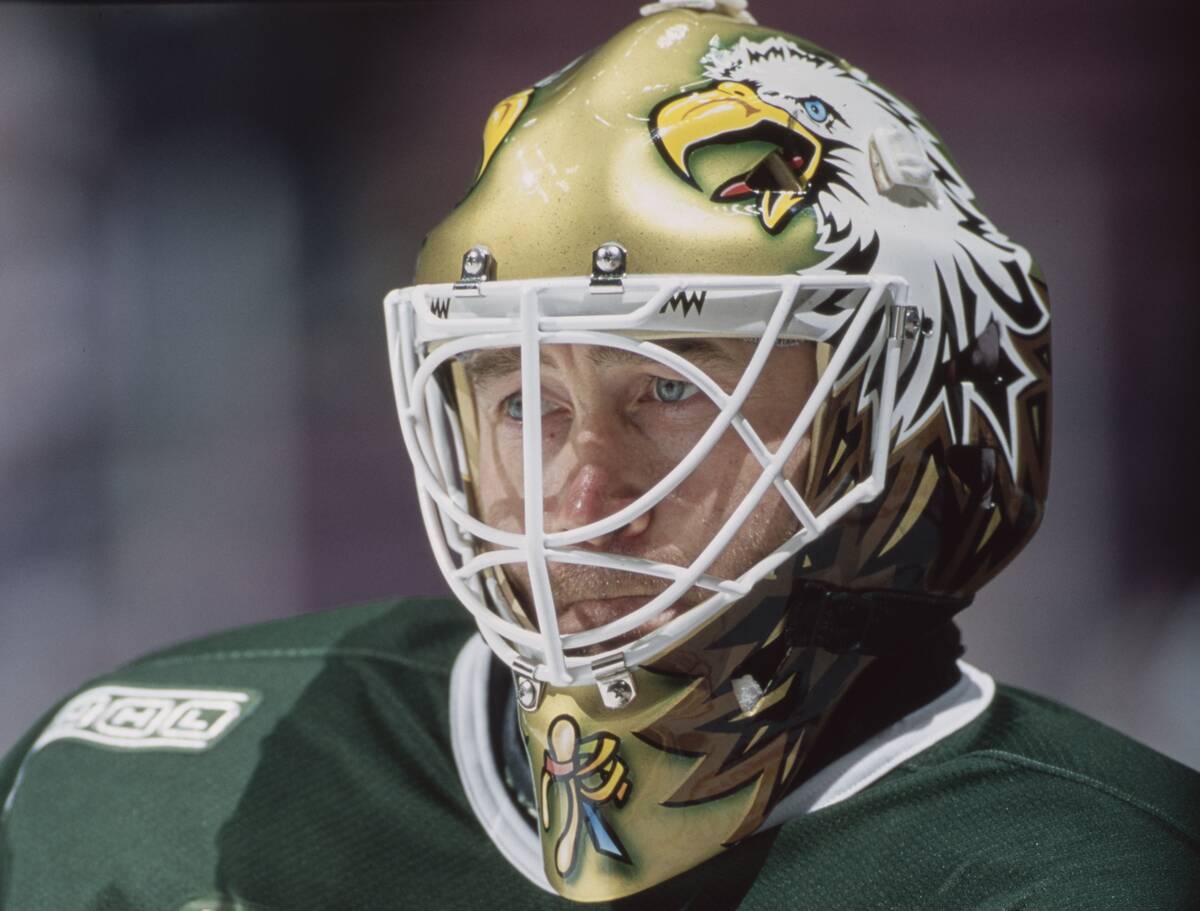
As technology advanced, so did the materials used in goalie masks. Carbon fiber emerged as a lightweight yet strong alternative to fiberglass.
This material offers excellent impact resistance, making it a popular choice among modern goaltenders. The shift to carbon fiber has allowed for sleeker designs without compromising on safety, reflecting the ongoing evolution of hockey equipment.
The Role of Technology: Enhancing Safety Standards
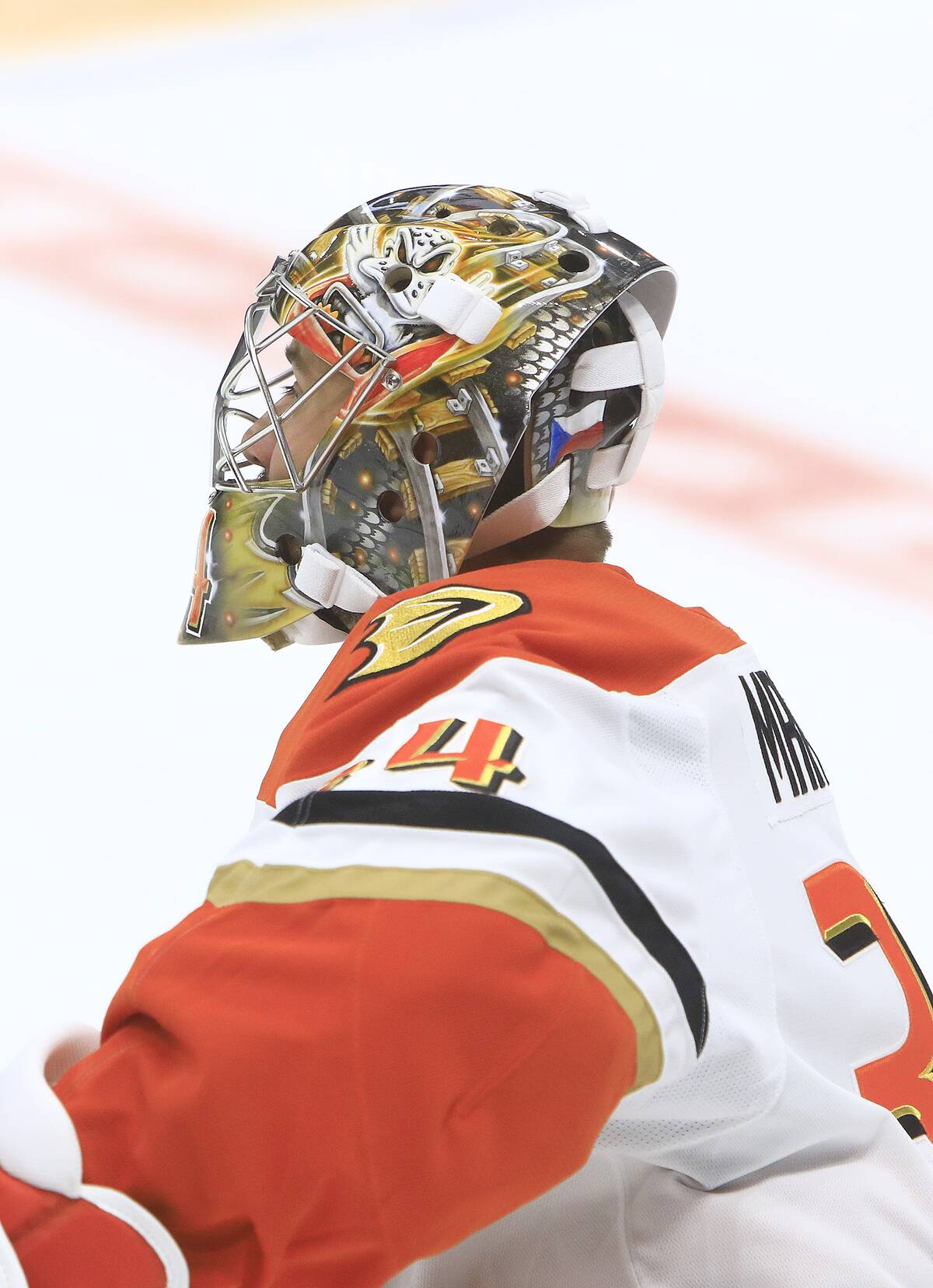
Modern technology has significantly enhanced the safety standards of goalie masks. Computer-aided design (CAD) allows for precise customization, ensuring a perfect fit and maximum protection.
Advanced testing methods simulate game conditions to evaluate the effectiveness of new designs. These technological advancements have made hockey safer, allowing players to focus on their performance with peace of mind.
Adapting to the Game: How Rule Changes Impacted Mask Design
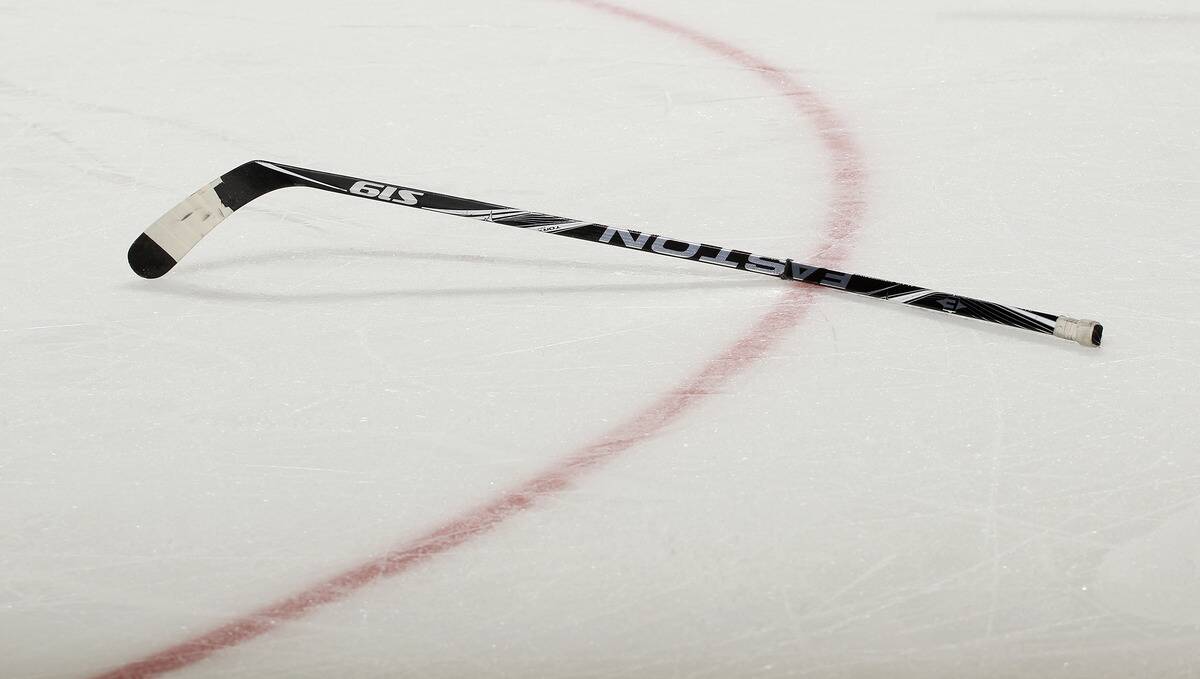
Rule changes in hockey have influenced the design of goalie masks over time. As the game grew faster and more aggressive, protective gear had to adapt.
The introduction of curved sticks and harder pucks necessitated stronger and more resilient masks. These adaptations were crucial in maintaining safety standards as the dynamics of the game evolved.
The Goalie Mask as a Canvas: Expression and Identity
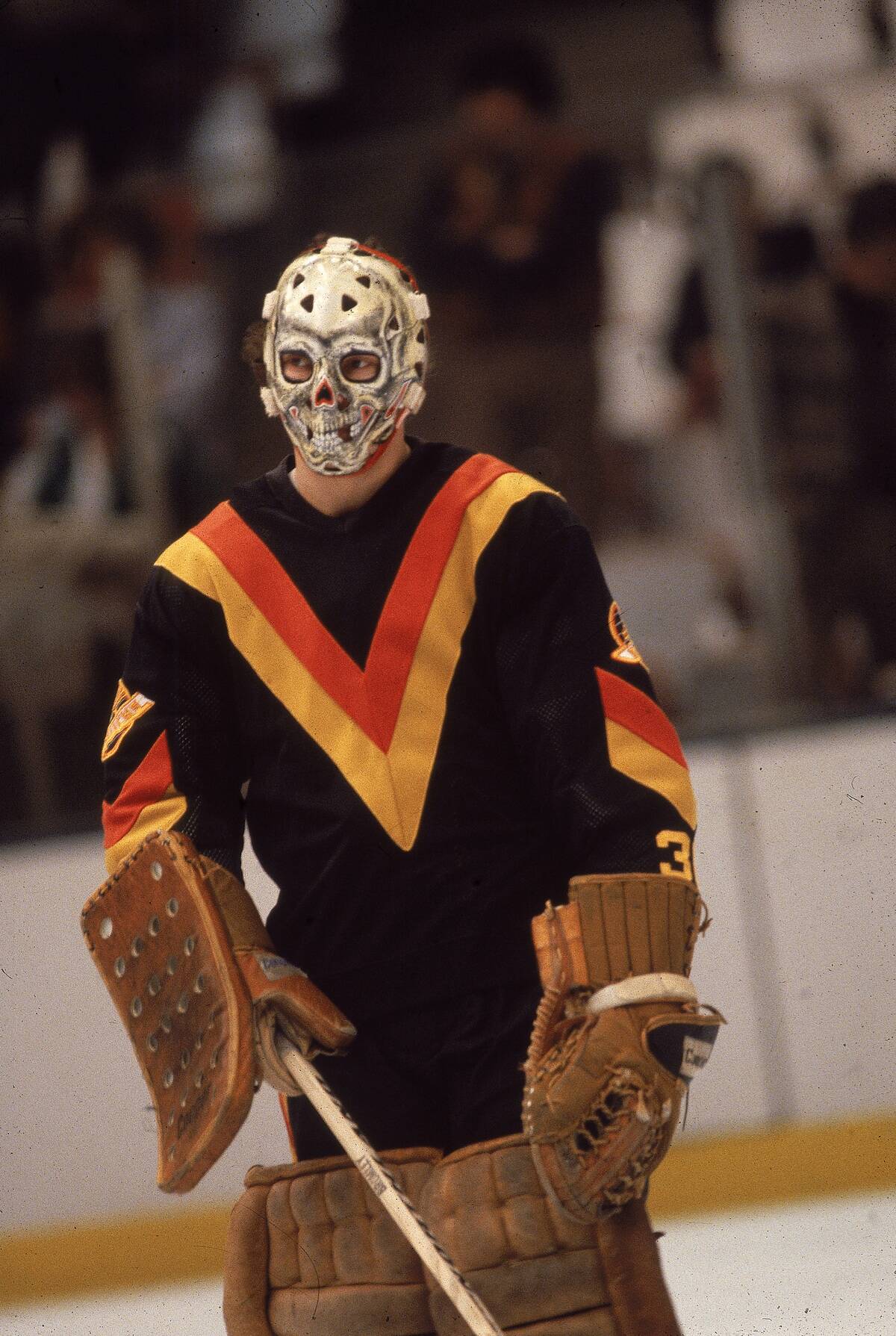
Goalie masks have become an extension of a player’s identity. They serve as a canvas for personal expression, with each design telling a unique story.
From intricate patterns to bold colors, these masks capture the essence of the player wearing them. This artistic aspect adds a layer of individuality to the sport, making each game a showcase of creativity and talent.
Famous Masks in History: Iconic Designs and Their Wearers
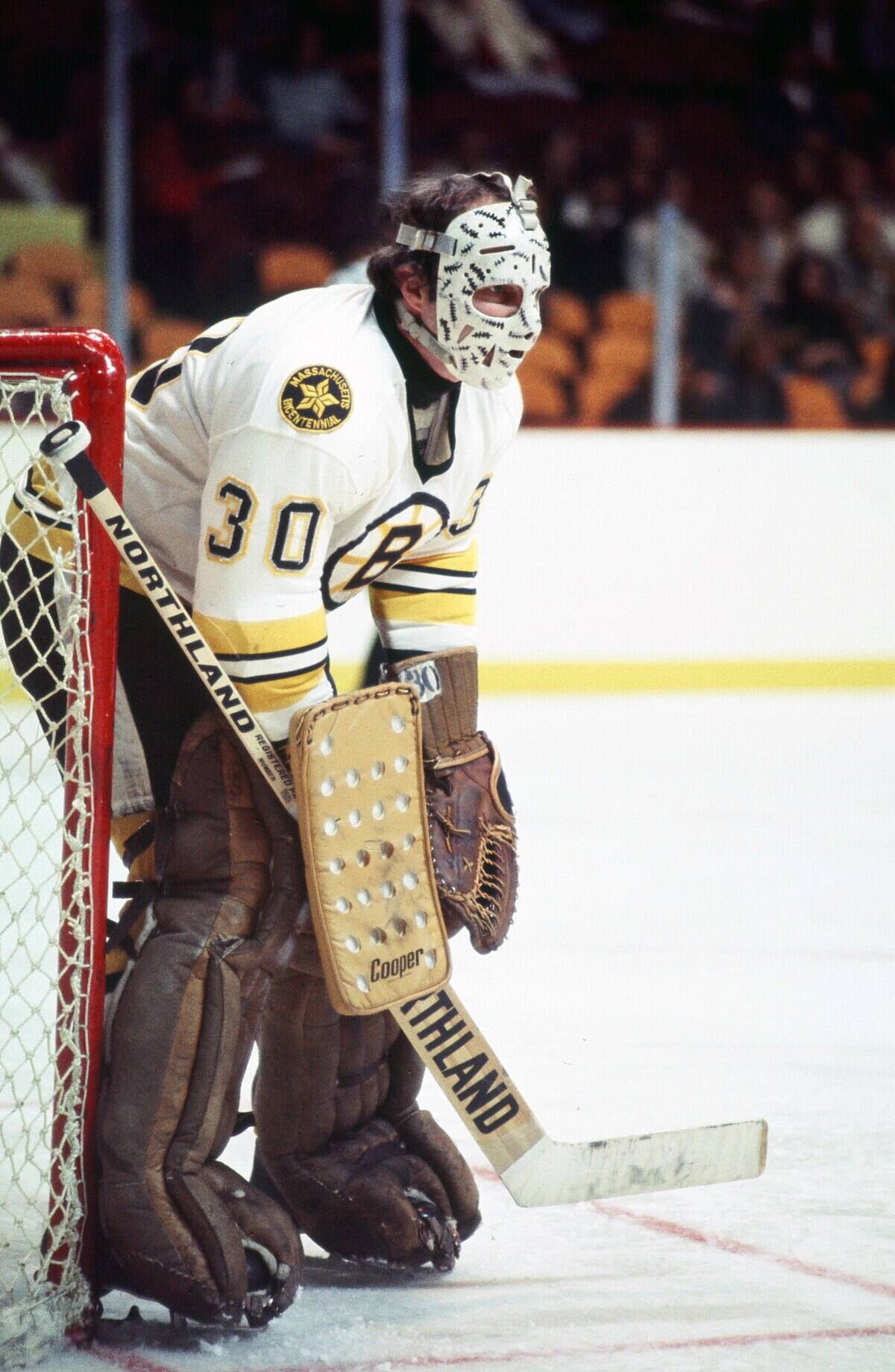
Some goalie masks have become iconic, etched in the annals of hockey history. Gerry Cheevers’ pictured “stitches” mask is a classic example, symbolizing every puck that hit him.
Another notable design is Ed Belfour’s eagle mask, representing his nickname “The Eagle.” Such masks have transcended the sport, becoming symbols of the players who wore them and the era they represent.
The Mask’s Cultural Impact: From Ice Rinks to Pop Culture
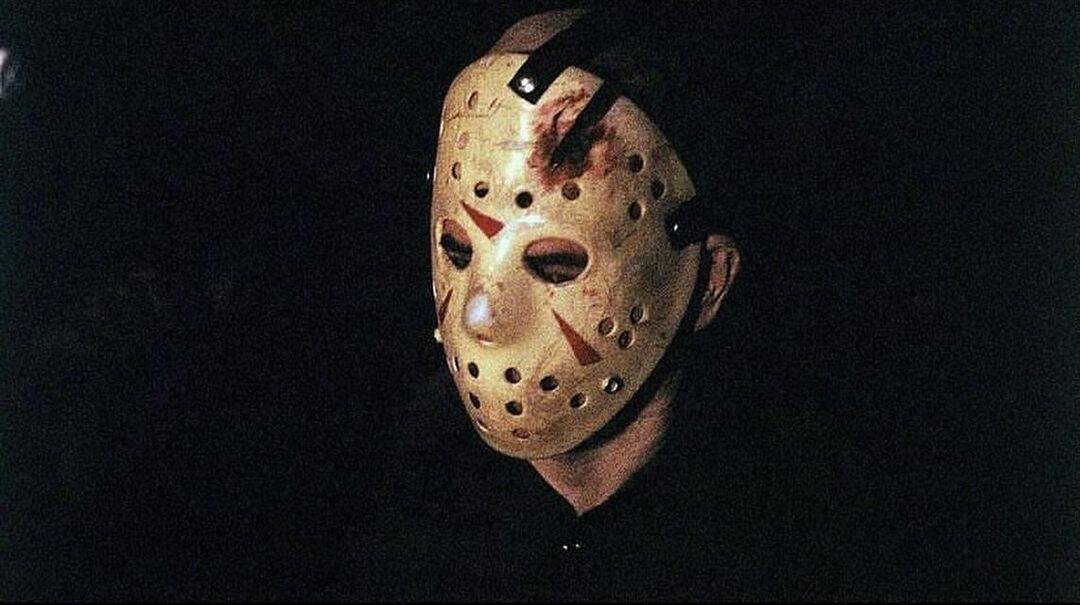
Goalie masks have left an indelible mark on popular culture. They’ve appeared in movies, inspired Halloween costumes, and even influenced music album covers.
The mask’s distinctive look has made it a symbol of toughness and resilience. From its origins on the ice to its presence in pop culture, the goalie mask continues to captivate and inspire.
The Evolution of Mask Fit: Comfort Meets Protection
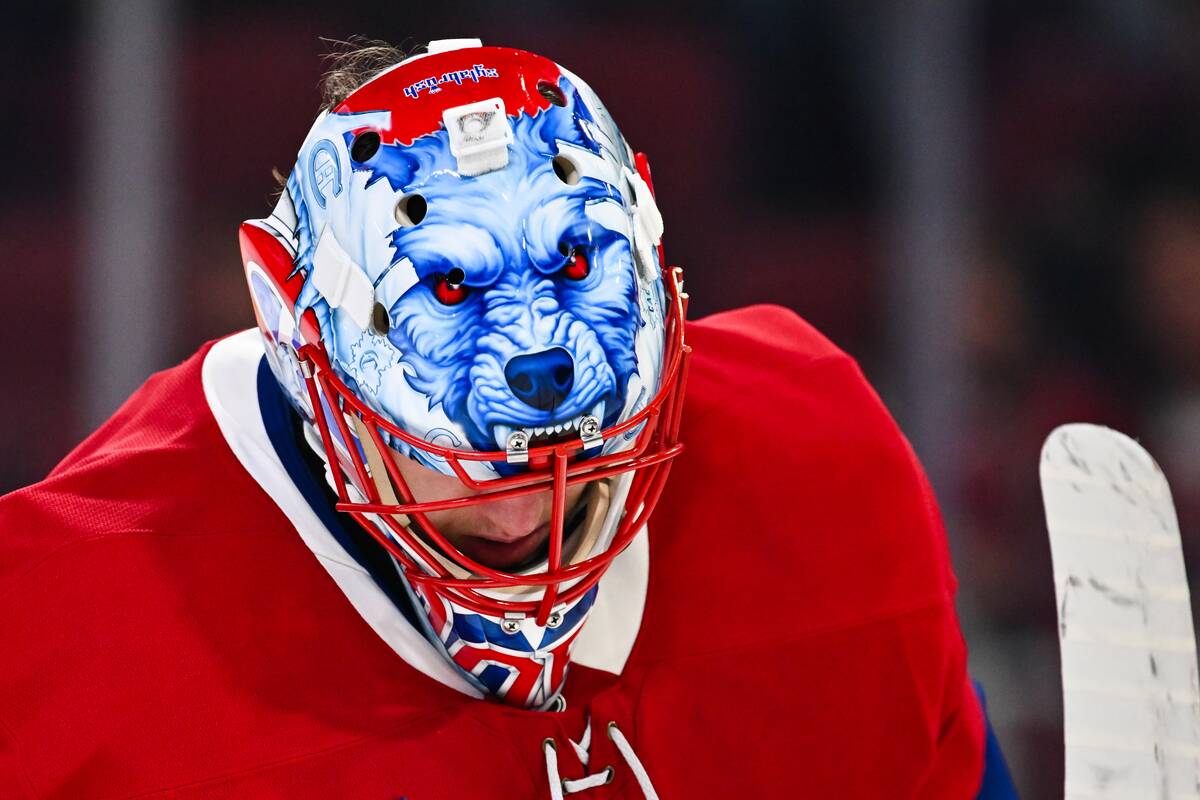
As goalie masks evolved, so did their fit and comfort. Early masks were bulky and uncomfortable, but advancements in design have led to snug, ergonomic fits.
Padding materials have improved, ensuring that masks remain secure during intense gameplay. This evolution has allowed goalies to play with greater confidence, knowing their gear offers both comfort and protection.
The Mask Industry: Key Players and Influencers
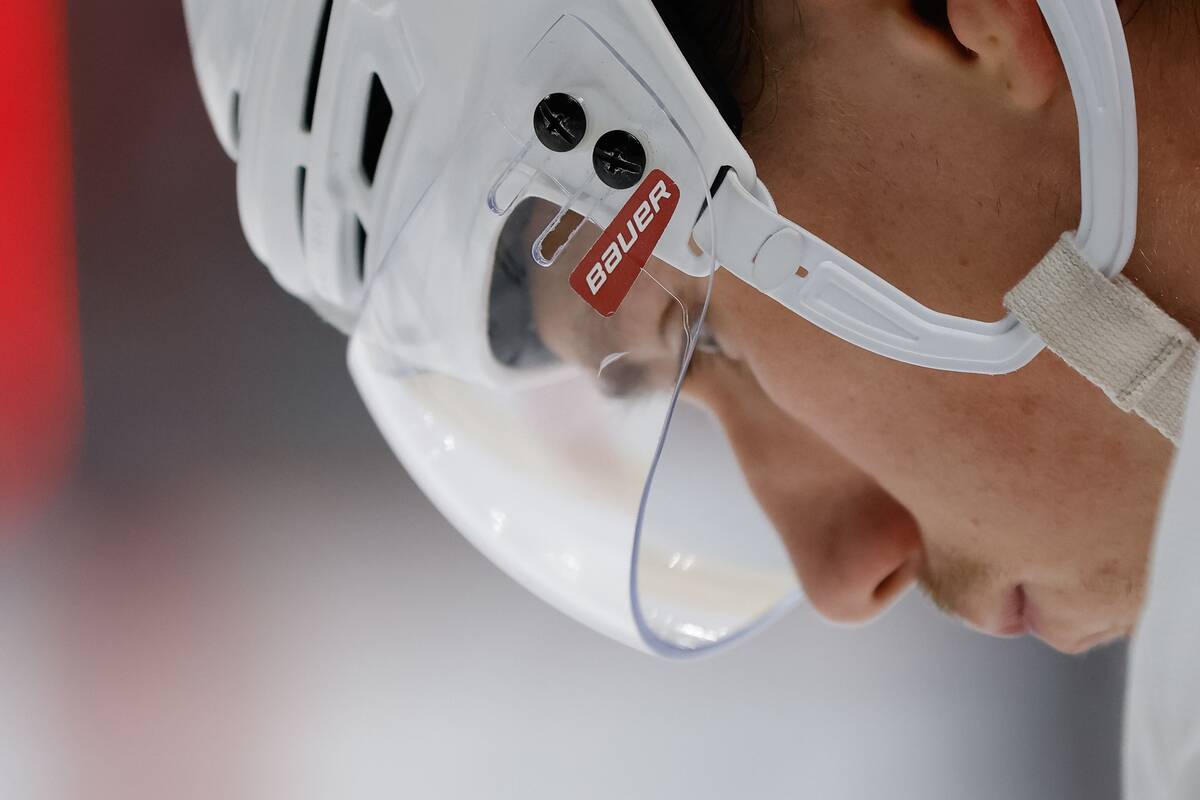
The goalie mask industry is driven by innovation and creativity. Companies like Bauer and CCM are industry leaders, continually pushing the boundaries of design and safety.
Influential players and artists collaborate to create masks that are both functional and visually striking. These partnerships have resulted in a dynamic industry that thrives on new ideas and technological advancements.
Behind the Design: The Role of Engineers and Artists
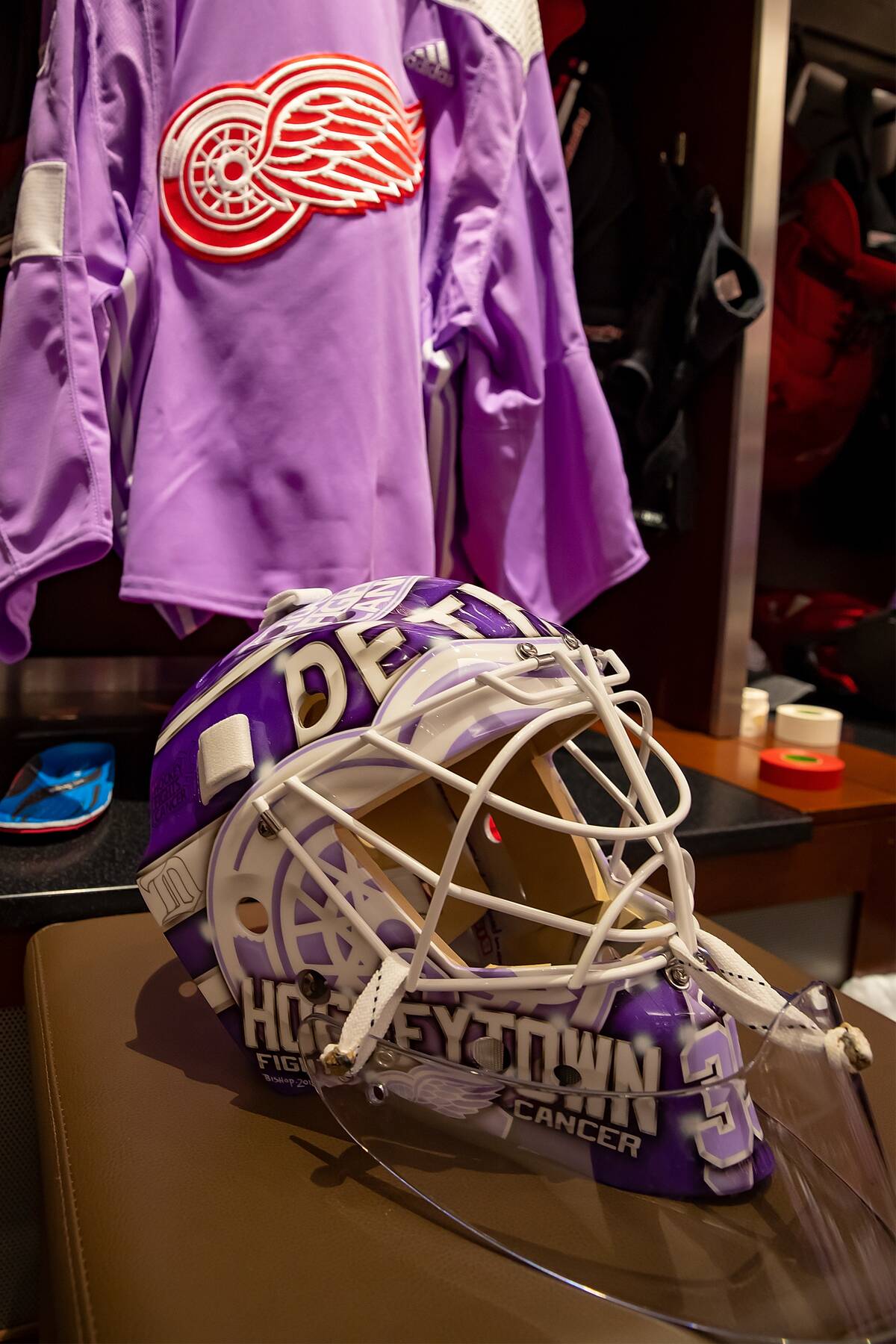
Creating a goalie mask is a collaborative effort between engineers and artists. Engineers focus on safety, using advanced materials and design techniques to protect players.
Meanwhile, artists bring the mask to life with intricate designs that reflect the player’s personality. This teamwork ensures that each mask is a perfect blend of form and function, ready for the rigors of the game.
Modern Innovations: Smart Masks and Tech Integration
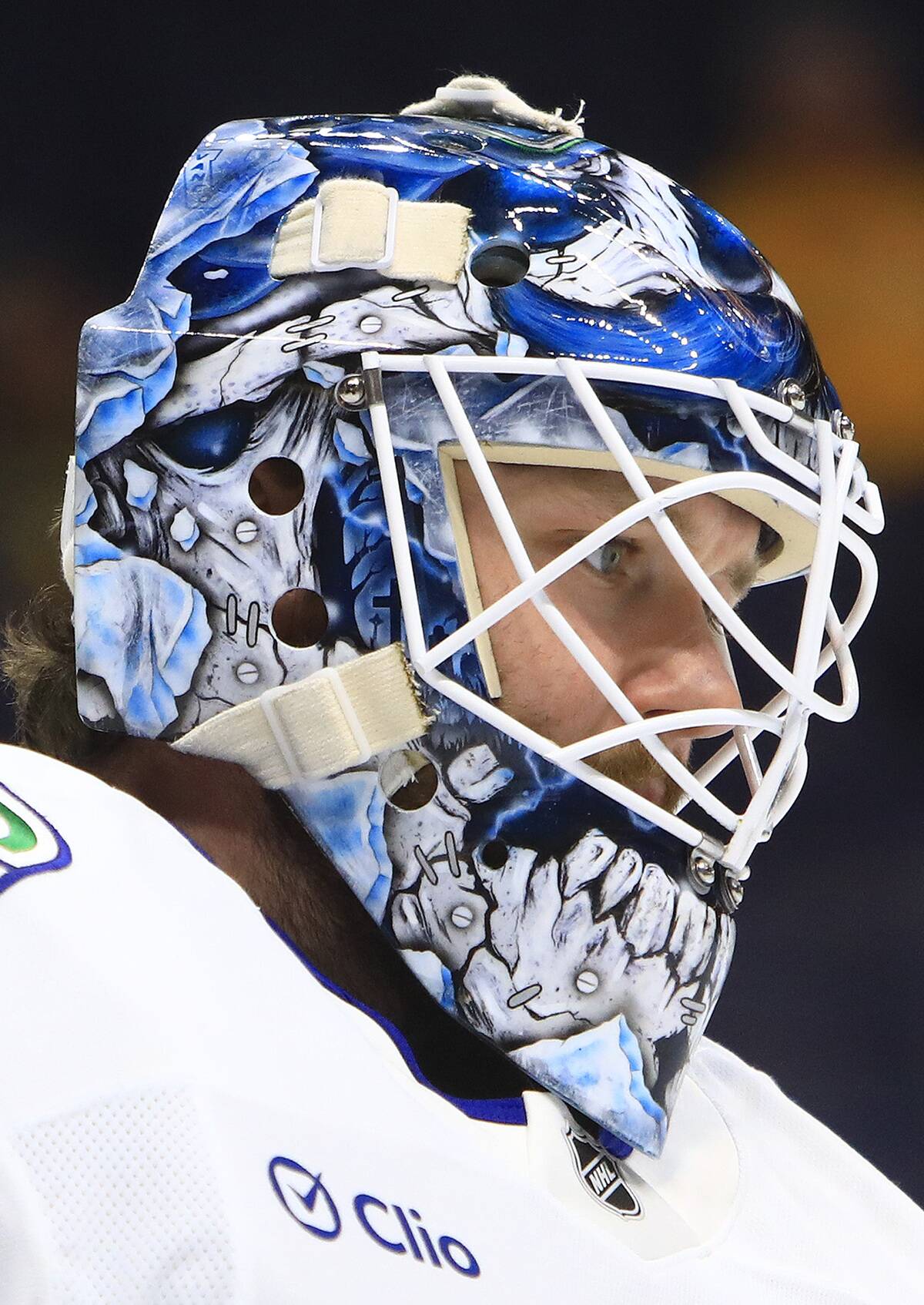
The future of goalie masks lies in smart technology. Innovations such as impact sensors and communication systems are being integrated into masks.
These features provide real-time data on impacts and player health, enhancing safety and performance. As technology continues to advance, smart masks are poised to become a standard part of goalie gear, offering new levels of protection and insight.



